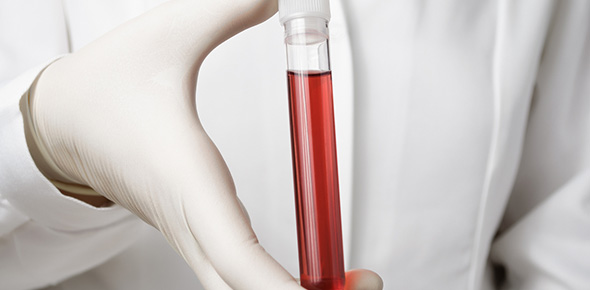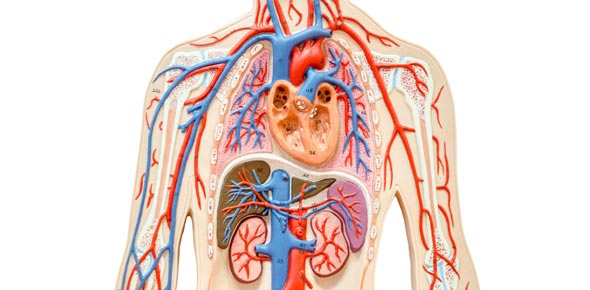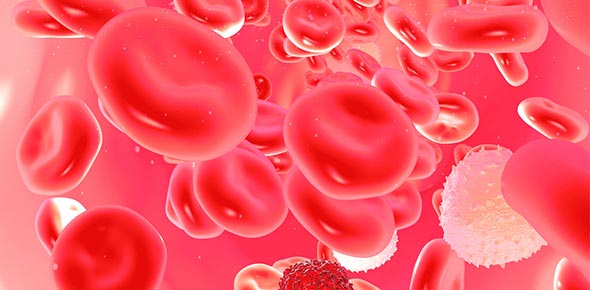Related Flashcards
Related Topics
Cards In This Set
| Front | Back |
|
What is the function of the respiratory system?
|
To provide body with essential oxygen and dispose of carbon dioxide
|
|
What are the four processes of Respiration?
|
1. Breathing (ventilating): movement of air into and out of lungs2. External respiration: exchange of oxygen and carbon dioxide btwn lungs and the blood3. Gas transport: transportation of oxygen from the lungs to the cells and of CO2 from the cells to the lungs.4. Internal Respiration: exchange of oxygen and CO2 btwn the blood and the cells
|
|
Upper Respiratory System: consists of ?
|
1. the nose: which cleans, warms and moistens the incoming air and provides sense of smell2. the sinuses: lighten the head and adjust air quality3. the pharynx: space behind the nose and mouth, provides a passageway for food and air
|
|
Lower Respiratory System: consists of?
|
1. The Larynx: an adjustable entrance tot he respiratory system that controls the position of the epiglottis and is the source of the voice.2. The Trachea: the tube that conducts air btwn the environment and lungs.3. Bronchial Tree: the trachea divides into the bronchial tree and conducts the air to each lung4.The Alveoli: which are the functional units of the respiratory system. minute sacs are where the O2 diffuses from the air into the blood & CO2 produced by the cells diffuse from the blood int o the alveolar air to be exhaled
|
|
What is rhinitis?
|
Inflammation of the mucous membrane which lines the nasal cavity
|
|
The nasal cavity is divided medially by what?
|
Nasal septum
|
|
The nasal cavity is further subdivided into passageways by bony extensions knows as what?
|
Superior, middle and inferior nasal conchae.
|
|
The linings of sinuses are continuous with the linings of the nasal cavity, inflammation of these mucous membranes is called what?
|
Sinusitis
|
|
The Pharynx is the what?
|
The region extending from the nasal cavities to the larynx
|
|
Which is a larger volume of air: tidal volume or vital capacity?
|
Vital capacity- which is the maximum amount of air that can be moved into and out of the lungs during forceful breathing
|
|
How is most oxygen transported to the body cells?
|
By gas transport, the blood carries oxygen to the cells and CO2 away from the cells
|
|
Why must we breath oxygen?
|
Without oxygen we would die in a few minutes. our cells need energy, and oxygen plays an essential role in extracting that energy from food molecules.
|
|
How are most particles and disease-causing organisms removed from the inhaled air before it reaches the lungs?
|
The nose and air tubules helps clear particles from the air that moves through its passage.
|
|
The smallest branches of the respiratory system tubes terminate in clusters of microscopic air sacs called _______________.
|
The alveoli
|
|
The mouth and the nasal cavities meet in a region known as the ________.
|
Pharynx
|







